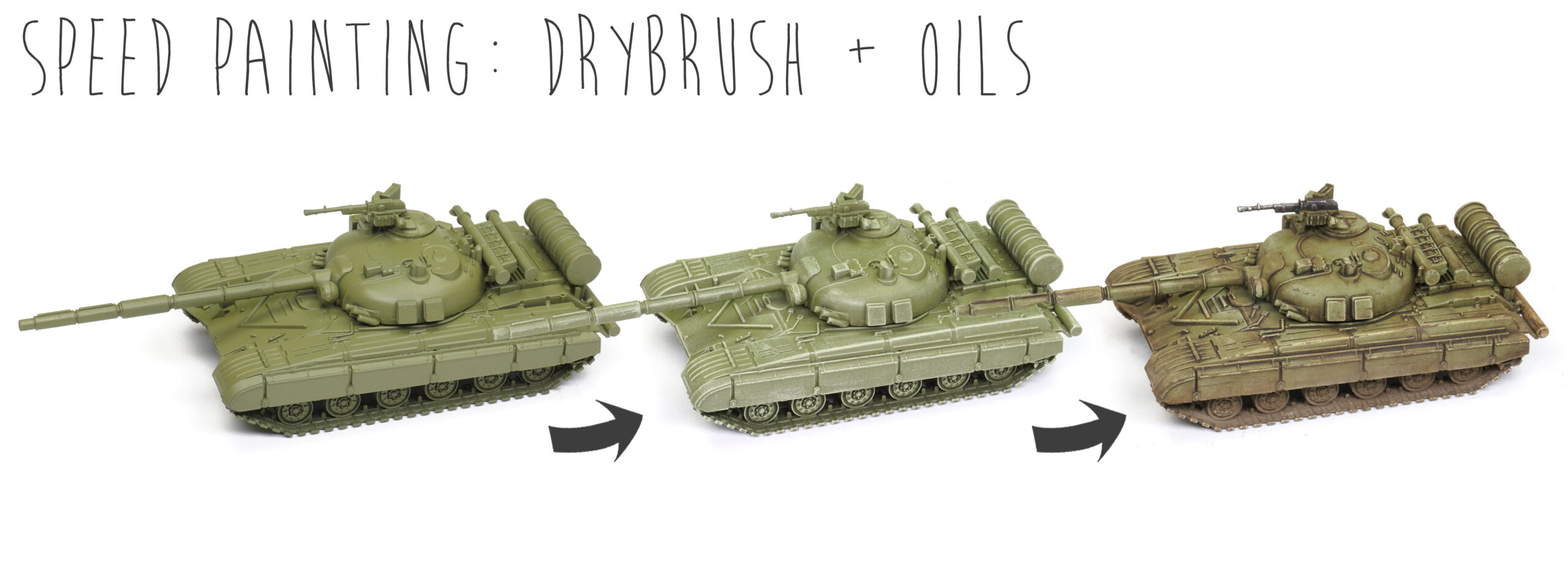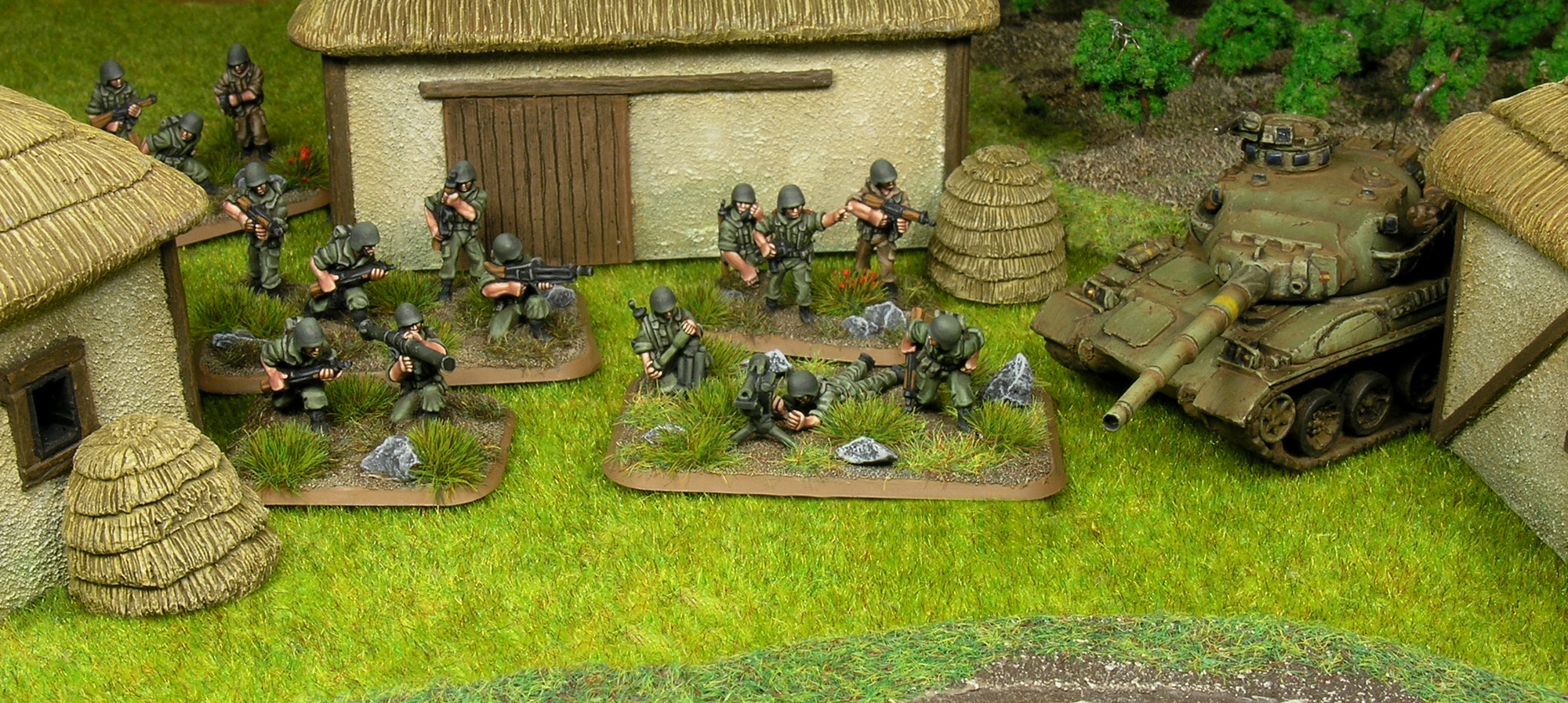In this tutorial, we will explore techniques for enhancing a basic paint job using oil paints. Unlike acrylics, oil paints require an organic solvent like White Spirit or turpentine (which is toxic, such as Enamel Odourless Thinner A.MIG-2019) instead of water; and take hours to dry, as opposed to mere seconds with acrylics. However, this extended drying time lends oils the advantage of effortless blending, allowing for the creation of multiple effects. For instance, we can employ this property to generate shadows, thereby enhancing the sense of volume, or to simulate various weathering effects such as dirt or dust accumulation.…
War in the Middle-East
Over the last years I have been commissioned to paint plenty of miniatures featuring the Middle-East conflicts we have sadly seen in the TV lately. I am the first one who consider that there might be something wrong with this… when these conflicts are very close in time and space. But let be honest. As wargamers we do not require much motivation to start collecting and painting tiny miniatures. Just a book, a movie…or the BBC channel. We like to simulate any conflict and play one of our “chess games”. And this has nothing to do either with the war…
How to paint the 1980 Spanish army
Today, I have another painting guide to share with you. If last time we saw how to paint Spanish Tercios, this time we move a bit forward until 1980. I have ad-hoc prepared a painting guide for the new Totentanz Miniatures Kickstarter campaign which covers the 1980 Spanish army in 15mm (perfect to play Team Yankee!). In this guide I show how to paint Spanish infantry in a detailed step-by-step guide, besides a couple of color sheets; one of them dedicated to the AMX-30E tank. This time the painting guide has been prepared in collaboration with Modelbrush. Note that the…


